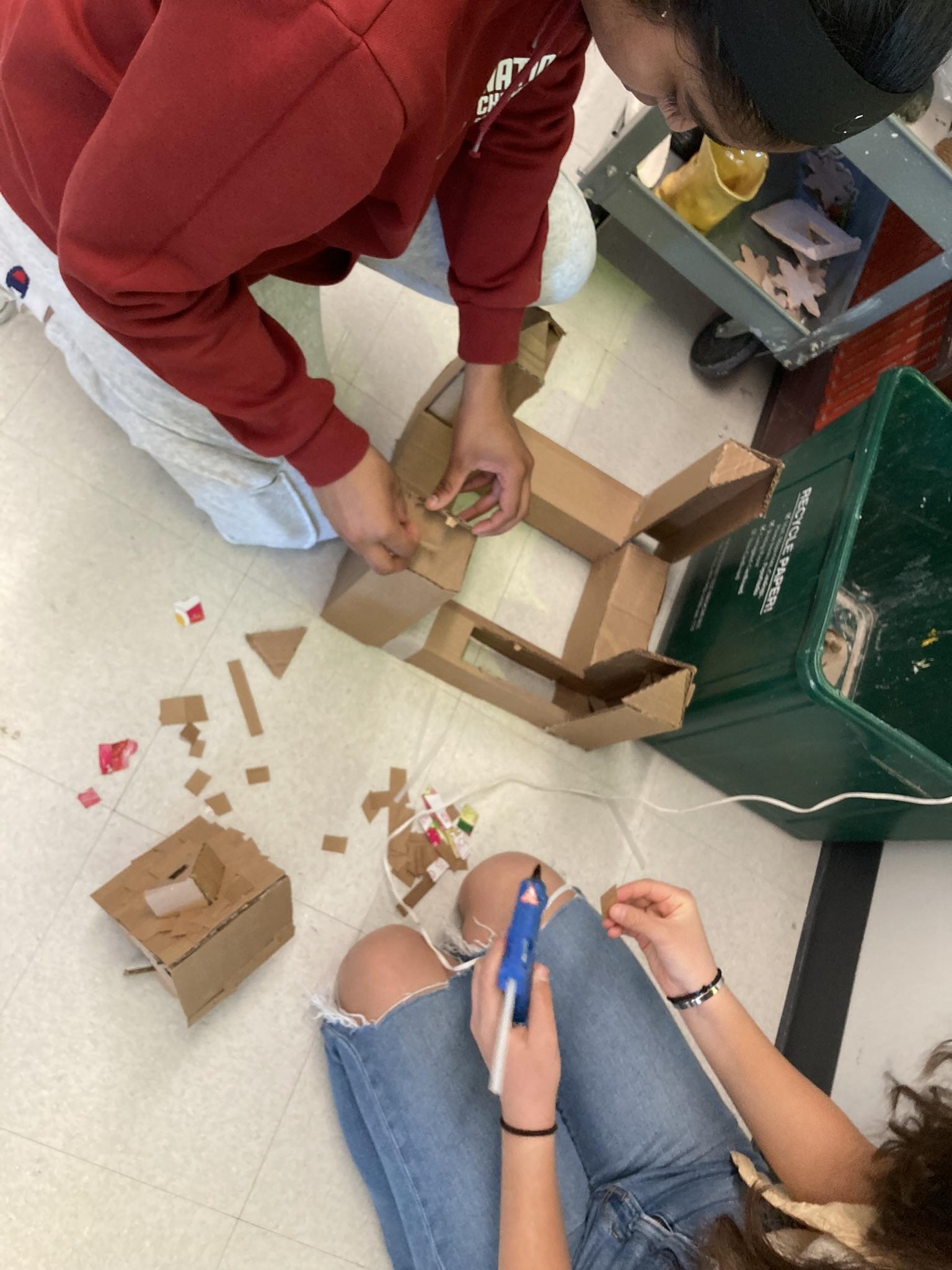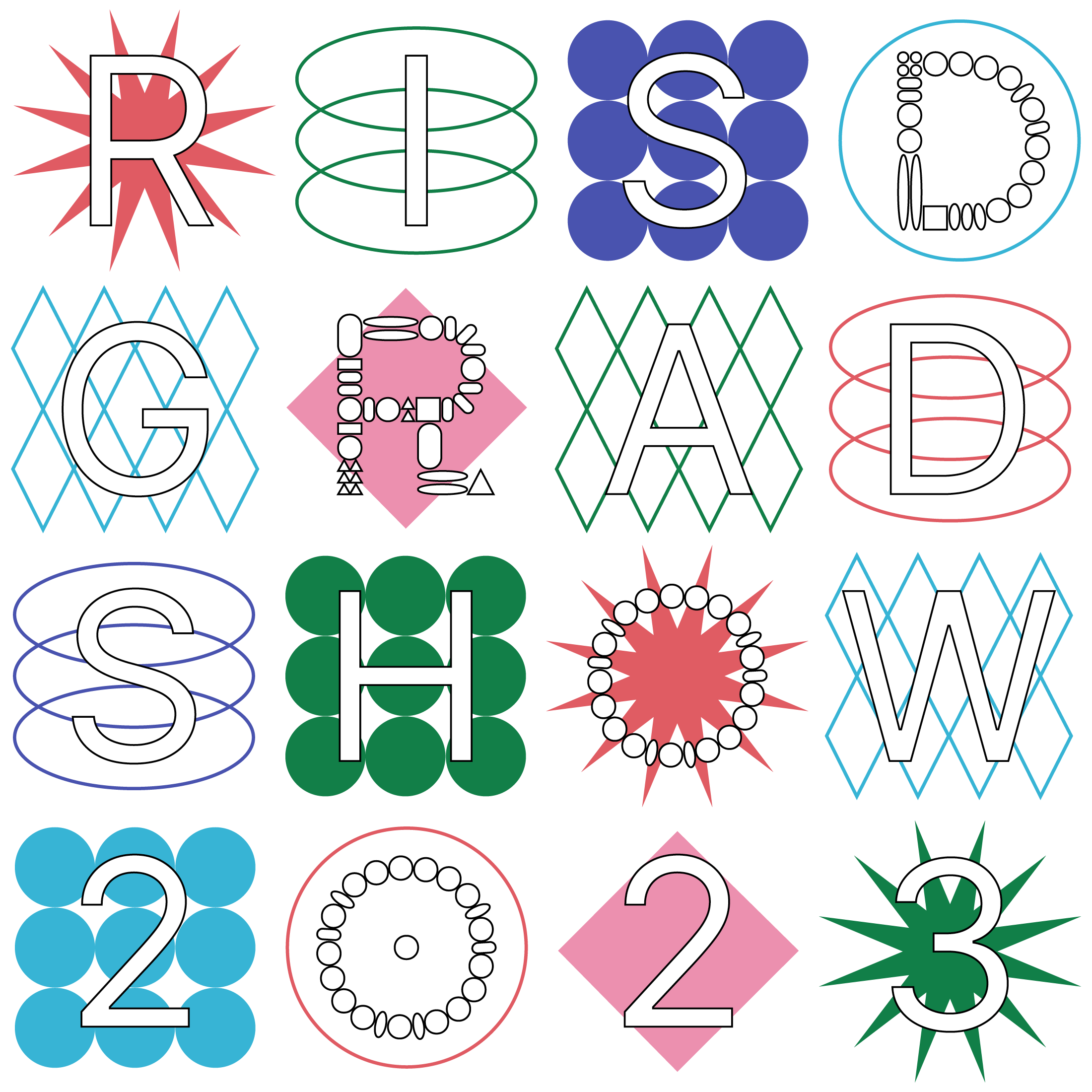Margo Broderick
Teaching Philosophy
My primary goal is that students learn that making art can be a personal and meaningful experience. Therefore, student choice is central to my teaching philosophy. I believe in art education that encourages students to share their own perspectives, but also encourages them to critique their environments and confront social issues.1 I believe art class is a space for students to find ways to incorporate art into their daily lives and work collaboratively in an art community.
As an art educator, my role is to facilitate student-directed artmaking. I support this by ensuring the art class is an inclusive, productive space and by scaffolding artmaking experiences. In my experience, students feel more free to take risks and think critically when they know they have a community of artists supporting them. My art curriculum facilitates this kind of learning. I structure my teaching around “big ideas,” broad, universal themes that encourage deeper level thinking and social-emotional development, drawing on contemporary artists as reference to situate artistic thinking in the lives of my students.2 I encourage material exploration, including tactile materials and digital art technology. I also prioritize collaboration by encouraging students to work together to build on each other’s ideas and create community.
I determine if I am reaching my goals as an art educator and if students are engaging with the work through formative and summative assessment. I facilitate critiques, discussions, and reflections throughout the artmaking process. It is important to me that my teaching continues to evolve in response to student feedback and evidence of their growth. By involving students in this process, I show that I care about them and respect their work.
I want my students to leave my class seeing themselves as artists. I hope they are lifelong learners who continue to grow their art practices, unafraid to make mistakes and keep creating art.
1 Cahan, S., & Kocur, Z. (1996). Contemporary Art and multicultural education. New Museum of Contemporary Art.
2 Olivia Gude (2007) Principles of Possibility: Considerations for a 21st-Century Art & Culture Curriculum, Art Education, 60:1, 6-17, DOI: 10.1080/00043125.2007.11651621
Image
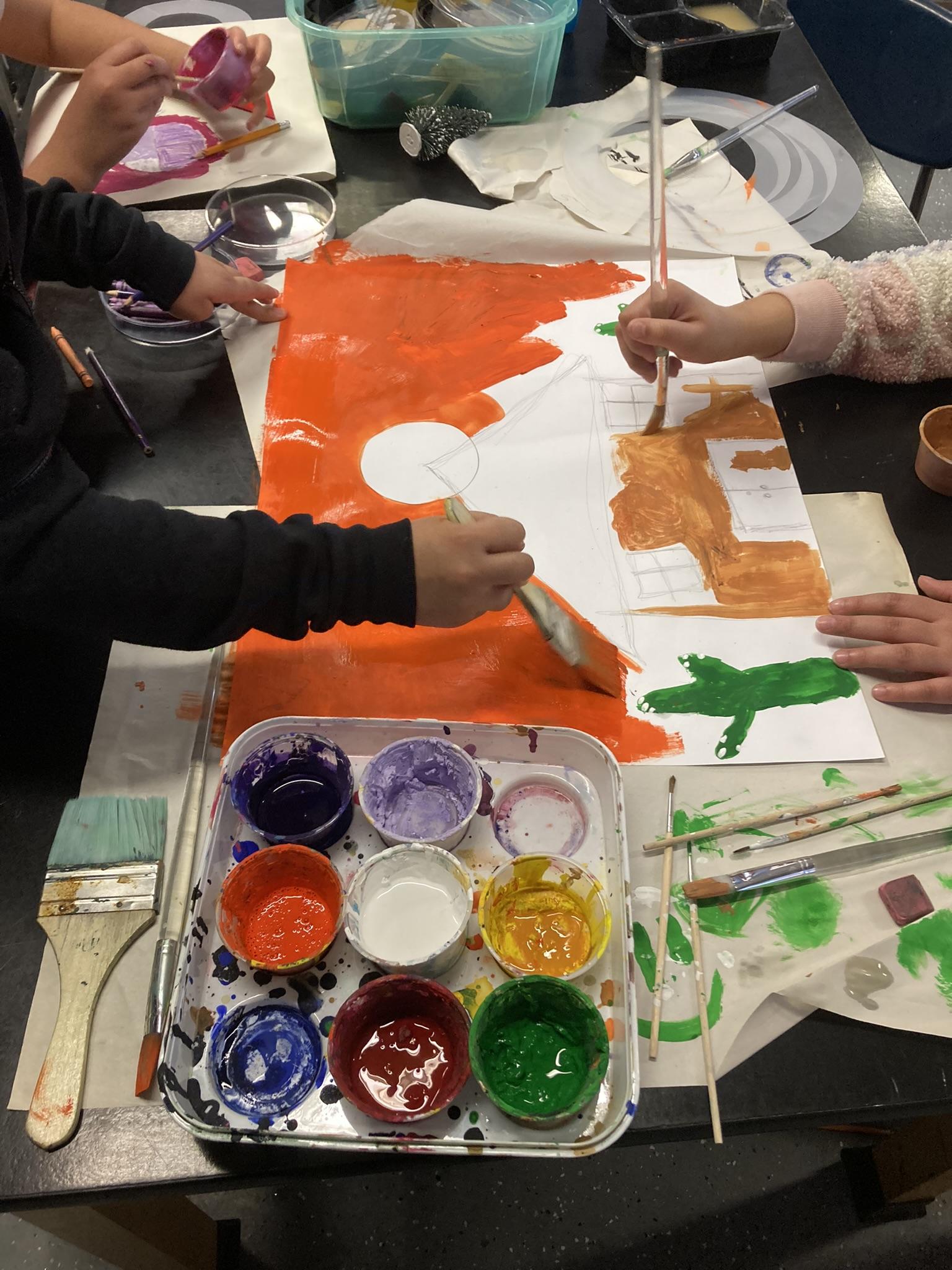
Image
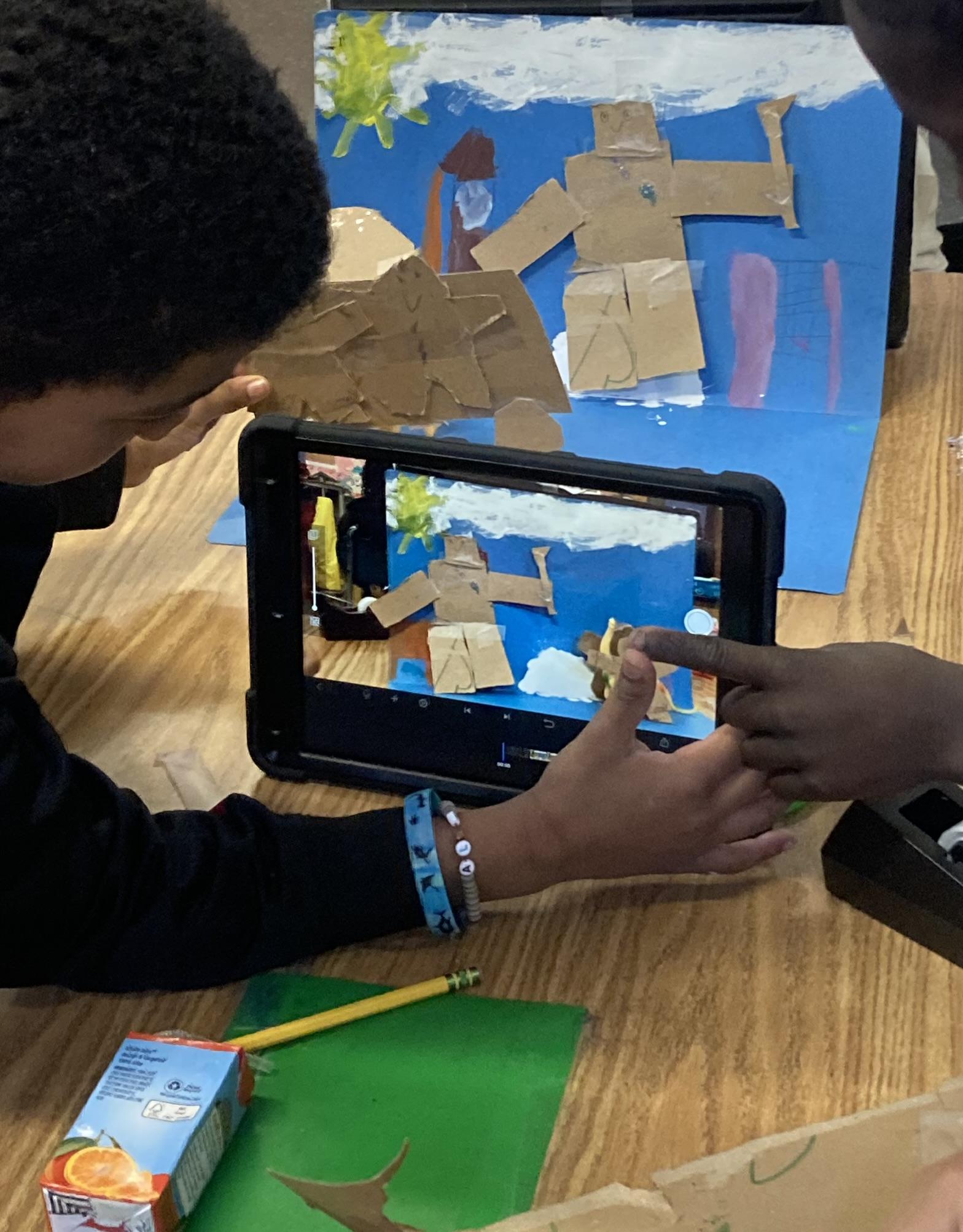
Image
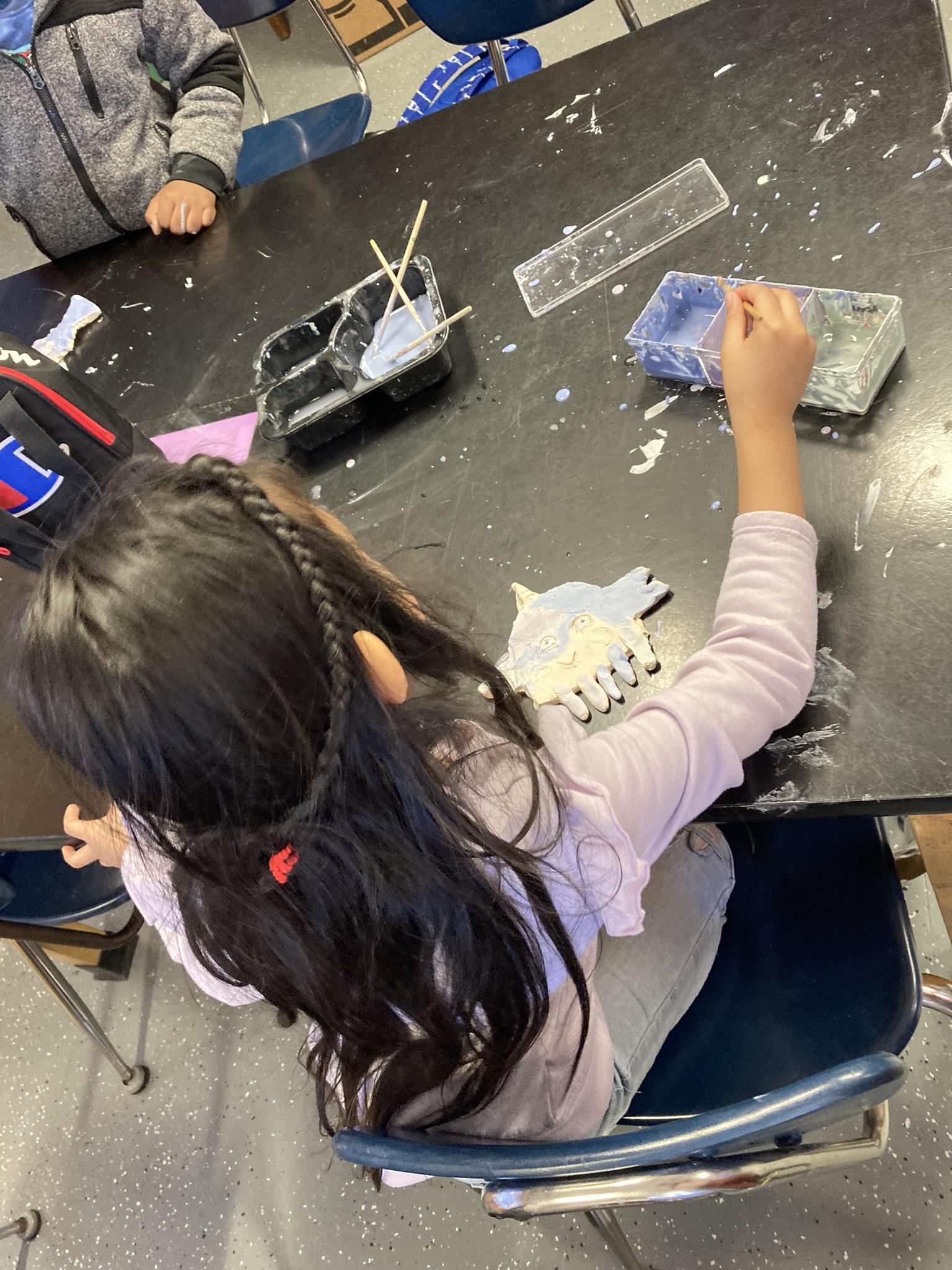
Image
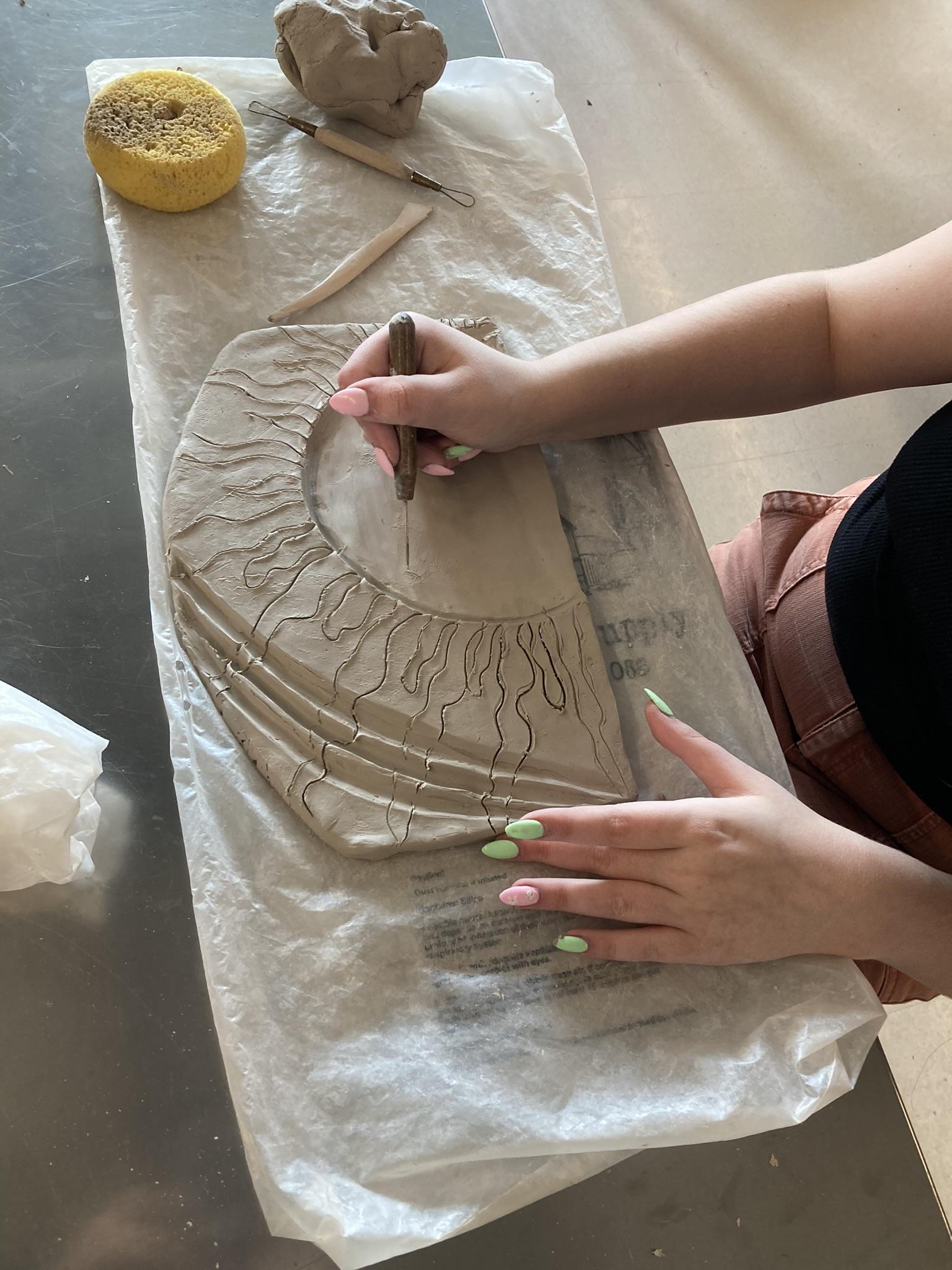
Image
